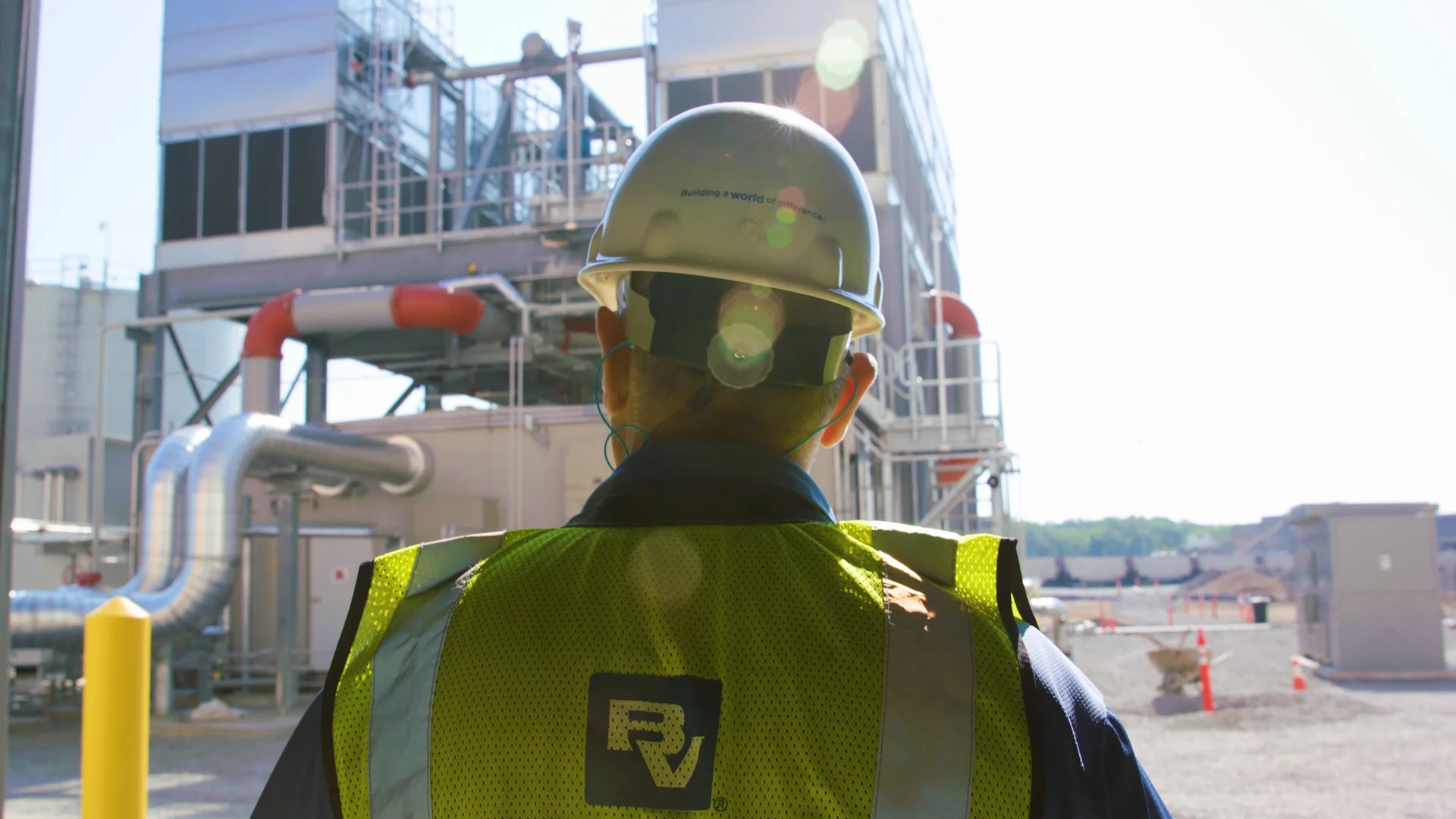Six Guidelines to Protect Your Electric Vehicle Deployment Timeline

While this momentum supports broad transition to zero-emission transportation—a climate-critical evolution—it also makes the marketplace wildly competitive. Organizations are prioritizing fleet electrification to decarbonize operations, but often struggle to secure equipment, find the right sites, and ensure timely utility interconnections. All of this can turn deployment milestones into falling dominoes.
Black & Veatch has been involved in EV charging planning, engineering, permitting and construction (EPC) since the first supercharged EV stations began to dot the U.S. and Canadian roadways. Now, nearly 10 years later, Black & Veatch is a market leader in EV planning and EPC, in part due to our time-tested best practices. With this experience comes lessons learned.
Here are six of our best practices that will help organizations like yours keep projects moving as planned.
1. Understand Realistic Timelines.
Organizations often underestimate and miscalculate deployment timetables, which vary significantly based on project scope, site location, and energy demand of charging.
“We’re seeing deployment range from three months for a one-megawatt project to 24 months or more for a 20-megawatt site that requires substation upgrades with the utility,” says Paul Stith, Associate VP for Global Transportation Initiatives. “Organizations that are clear on their business goals and strategy build the most accurate timelines.”
Certainty comes from a customized strategy and roadmap that accounts for make-or-break factors such as equipment options, charging strategy, energy reliability, emission reductions, and available incentives. With a clear strategy, you can build a transparent, month-to-month deployment schedule to guide timely action, so you won’t miss a key milestone.
2. Identify Ideal Sites.
Real estate is a hot commodity in EV charging because selecting the wrong site can drag schedules to a crawl as you reconfigure existing structures, overcome site limitations, navigate environmental constraints, and wait (and wait!) for utility interconnection.
To avoid lengthy delays, knowledge is power. Literally, site knowledge equates to timely delivery of power. You first must understand your energy demand as well as the siting requirements of depot charging, on-route, shared, and destination/endpoint charging, either alone or in combination. With these inputs, your ideal site begins to take shape. This sets you up for timely, cost-efficient construction and optimal end use.
To ensure a top spot, many organizations purchase and lease suitable sites ahead of time. Given the competitive market, Black & Veatch created a digital-first approach to quickly evaluate hundreds of EV sites. Leaning on a decade of experience selecting sites for telecommunications, we evolved our process to look through the lens of EV engineering constructability to speed site selection.
3. Prioritize Utility Coordination.
As a rule of thumb, contact the utility during the conceptual planning phase—the earlier, the better. Here’s why: grid infrastructure upgrades may be needed depending on the power demand of your chargers. The utilities are moving full steam to modernize their grids and to expand the capacity of distribution networks to support electrification. The earlier they know about your project’s power demand, the sooner they can upgrade service to support your interconnection.
Utilities are working hard to streamline EV charging coordination but filling out permitting paperwork can feel like reading a foreign language, especially with new technologies. “It helps if you speak utility,” Paul reveals. “When you understand their language and engineering requirements, your submittal is complete and correct the first time, which leads to faster approvals.”
4. Create your Own Power.
It can take a few months to a few years to get power to a site. But distributed energy resources can provide a stopgap. A microgrid-solar-storage system with a backup generator can help bridge the gap to get operations up and running and keep them online while waiting for increased distribution capacity from the utility.
Even with adequate electric energy onsite, organizations deploy energy systems to control generation, ensure reliability, and avoid outages, all while reducing operating costs. According to Jenn Cahill, Distributed Energy Resource Solution Lead at Black & Veatch, distributed systems are an ace in the hole when decarbonizing operations. “Distributed energy technologies give organizations flexibility to evolve in stages and to withstand external pressures, such as storm impacts and rising energy costs.”
5. Order Supplies Early.
The pandemic disrupted global supply chains, which continue to find their balance. This is especially true amid escalating EV adoption, which puts heavy demand on charging equipment such switchboards and batteries. To combat delays, many organizations order their equipment as soon as they make their technology selections via their roadmap. They also plan and purchase equipment for multiple sites at once to stay ahead of delivery timelines.
6. Manage Organizational Changes.
When electricity becomes your new fuel, it’s important to understand how electrification will impact your operations. You may have to offer training or create new positions, such as charger maintenance specialists. Setting your organizational strategy to adopt a new way of working helps determine and manage operational impacts, keeps morale high during the transition, ensures staff skills evolve to support electric fleet operations, and aligns outcomes with goals. Falling behind on any of these can delay commissioning and cause operational hiccups, which means expectations may not be met.
“The success of your electrification comes down to two things,” Paul notes. “First, how well you plan, coordinate, and construct your chargers, and second, how well you educate and empower your teams to adopt new technologies.”
There’s never been a better time to switch to electric fleets. As organizations make progress toward decarbonization, they are supported by vehicle OEMs who continue to release new EV models; utilities who are preparing the grid for more distributed solutions; and governments, who are incentivizing the transition. They get support from technology integrators like Black & Veatch, too, whose best practices and experience lead to expert EV charging strategy, plans, designs, and construction.
Contact Us
Looking for a partner in innovation?
Let's Talk
